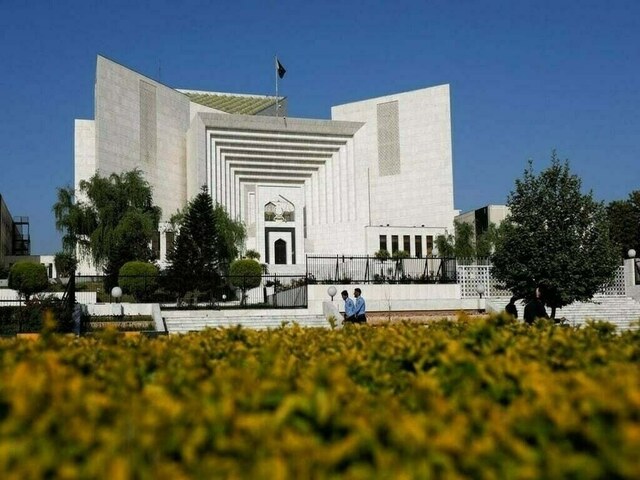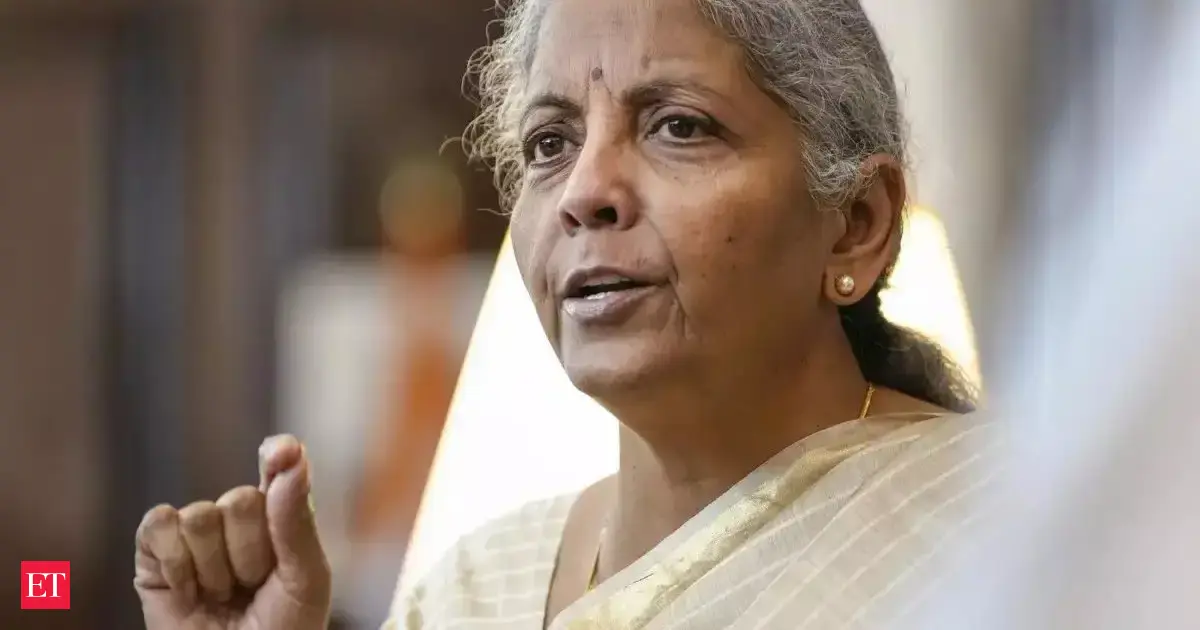By Terence J Sigamony
Copyright brecorder

ISLAMABAD: The Constitutional Bench of the Supreme Court was told that the vested right conferred by Income Tax Ordinance, 2001, under Section 4B has not and indeed cannot be destroyed to the extent of TY 2022 under Section 4C.
A five-judge larger bench, headed by Justice Amin-ud-Din Khan, on Thursday heard the appeals of the Federal Board of Revenue and the industries against the judgments of the Sindh, Lahore, and Islamabad High Courts regarding the levy of Super Tax under Section 4C.
Advocate Khalid Jawed Khan, representing the taxpayers, argued that the Super tax was levied under Section 4B for tax year (TY) 2022 on every person specified in Division IIA, Part 1, First Schedule, Income Tax Ordinance, 2001, (other than Banks) having income of Rs500m or more at the rate of 0 percent. Persons with income less than Rs500m were not specified in the division. Accordingly, no super tax on persons with income less than Rs500m was levied for TY 2022.
He said thus, a vested right was created by the statute in favour of all persons except banks with respect to the super tax for TY 2022. Such vested right conferred by statute under 4B has not and indeed cannot be destroyed to the extent of TY 2022 under Section 4C.
Khalid contended that Section 4C does not start with a non obstante clause, so it does not even attempt to override 4B. The Sindh High Court accepted this submission and held that no super tax was payable as a vested right created by Section 4B has not been taken away for TY 2022, he added.
He explained that the legislature, as well as the Federal Government, including the FBR, has always treated 4B and 4C interchangeably. Except for the anomaly created for TY 2022, which led to the present litigation, the super tax has been collected under either 4B or 4C but never under both. This remains the position to date.
He said that TY 2022 is unique as the National Assembly has levied super tax under Section 4B and simultaneously granted exemption from payment by prescribing the rate @) percent (except for Banks, which were to pay @ 4percent) for persons with Rs 500 million or more income and not levied for income below that. Yet for the same period TY 2022, under Section 4C (except for Banks, which were paying it @4percent under 4B), all other persons have been subjected to super tax under 4C at different rates.
The legislature could not be deemed to contradict itself by conferring a benefit and creating a vested right under one provision (4B) and simultaneously taking it away under another provision (4C) for the same tax period.
The taxpayer’s lawyer submitted that the first proviso to Division IIB, which creates a sub-classification with a 10percent tax rate (as against a 4 percent tax rate for all others) is not based on income but the nature of business. This conflicts with Section 4C, which provides for only one classification, i.e., ‘income of every person’. It does not permit any sub-classification under the Schedule, and that too by adding a proviso thereto. The first proviso to the Schedule clearly deviates from charging section and cannot be given effect as held by Supreme Court.
The sub classification in the first proviso discriminating solely on the basis of the nature of business and not income is otherwise based on no rational classification or intelligible differentia having any nexus with the charging section. Therefore, it is discriminatory in violation of Article 25 of the Constitution and liable to be struck down. (This ground has been sustained by all High Courts, and the first proviso levying 6percent excess super tax on certain industries is declared as discriminatory in violation of Article 25).
Article 260 of the Constitution specifies two types of taxes on income, i.e., Excess profits tax and Business profits tax. Since the Constitution itself distinguishes between the two, which is consistent with historic distinction between the two types of taxes on income, which are always levied under separate provisions, the two cannot be conflated or treated as the same. Excess profits tax is like a windfall, having no nexus with business performance or efforts.
The rate of 10 percent, i.e., under the first proviso, Division IIB has been explained and defended by FBR as a tax on windfall or exponential profits. Windfall tax was not part of ITO, 2001, for TY 2022, as it was only levied for the first time by the Finance Act, 2024, by insertion of Section 99D. It has its own distinct preconditions for levy. Thus, levy of excess tax @ 6percent under the first proviso for TY 2022 was imposed without an enabling provision and is not recoverable.
Copyright Business Recorder, 2025



